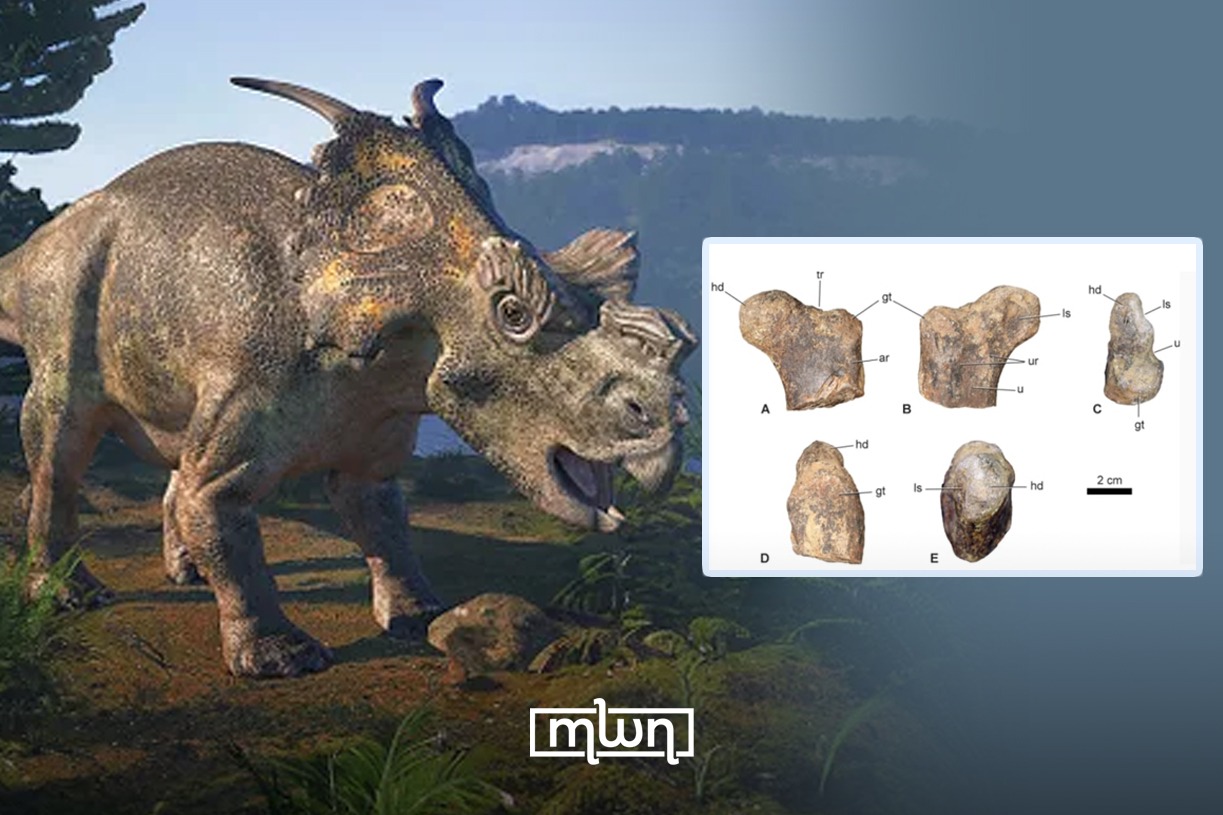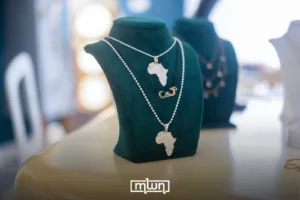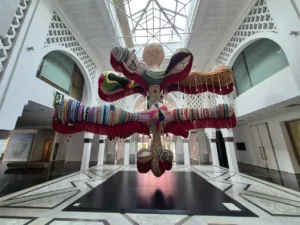Morocco’s latest fossil find might just be the Jurassic jackpot the country has been waiting for.
Fez– Imagine stumbling upon a fossil that rewrites what we know about dinosaur evolution.
That’s exactly what happened in Morocco when a team of international researchers made an extraordinary discovery: the fragment of a femur belonging to the oldest ceratopsid dinosaur ever found.
The fossil was uncovered in the El Mers III formation in the Middle Atlas region, a site that has been a hotbed of paleontological breakthroughs.
According to Driss Ouarhache, a researcher from Sidi Mohamed Ben Abdellah University in Fez, this femur head belongs to an herbivorous ornithischian dinosaur, which is part of the ceratopsid family; a group that has fascinated scientists for years, Moroccan news outlet Le360 said.
Dating back 168 to 166 million years ago during the Middle Jurassic (Bathonian period), this fossil isn’t just another bone, it’s a game-changer.
Ouarhache explains that ceratopsids, which are typically associated with the Cretaceous period (145 to 66 million years ago), were thought to have first appeared much later.
But this fossil pushes their origins further back, offering a clearer picture of their evolutionary stages, long before they became the iconic herbivores scientists explored recently.
Even more groundbreaking? This discovery is only the second of its kind ever found, the first being a similar femur found in the UK from a slightly later period.
Ahmed Oussou, part of the team, emphasized that this discovery represents a major leap forward in our understanding of Jurassic dinosaurs, particularly in North Africa, a region still underexplored when it comes to paleontology.
Scientists found the proximal portion of the left femur, including the femoral head, the greater trochanter, and part of the diaphysis (the main body of the bone).
Its distinct morphological features, such as a well-defined femoral head and a notable trochanteric fossa, confirmed its identity as a ceratopsid.
The El Mers III site is no stranger to major discoveries. Along with this ceratopsid, other significant discoveries have included Spicomellus afer, the oldest known ankylosaur in Africa, and Adratiklit Boulahfa, a new species of stegosaur that’s the oldest of its kind on Earth.
Ouarhache highlights that the site provides evidence of some of the oldest dinosaur species ever discovered, offering scientists the opportunity to reassess their stratigraphic distribution and better understand their evolutionary relationships.
Ongoing studies, including sedimentological and micropaleontological research, are helping to paint a fuller picture of the paleoenvironments that existed in the region during the Bathonian period.
These studies show that the dinosaur remains were deposited in a fluvial-lacustrine system, formed after a marine regression at the end of the Bajocian and beginning of the Bathonian.
And who knows what’s next to be unearthed? The possibilities are endless.
Read also: Ministry of Culture Gives Artists Until March 25 to Apply for Funding















